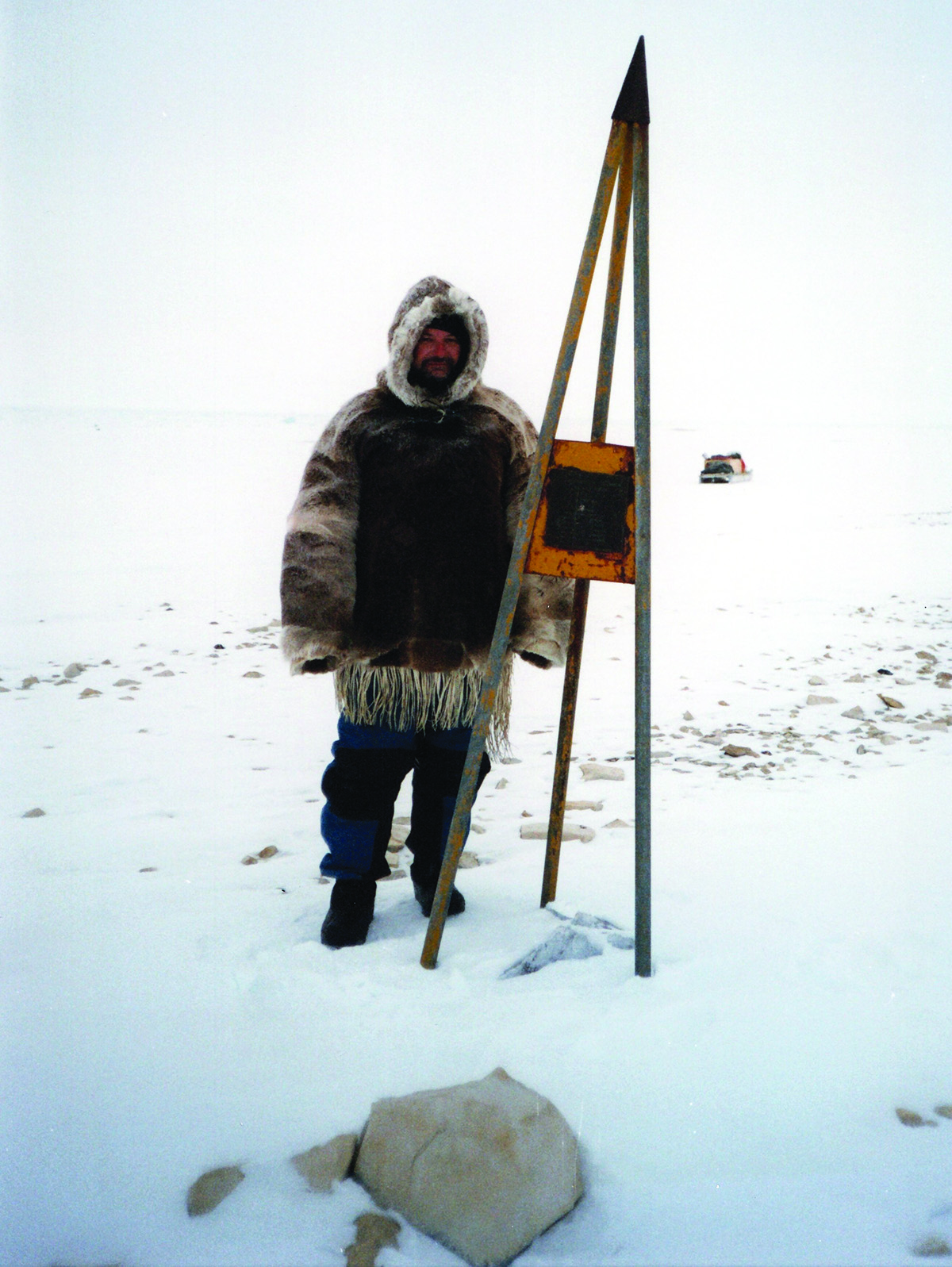The Inuit (indigenous people of northern Canada, parts of Greenland and Alaska) told stories of their encounters with Franklin’s ships and men. Some they told to later expeditions that came looking for the lost explorers. But many details were lost in translation, especially as Inuit don’t measure distances or directions in the same way as Westerners.
David Woodman, a retired ferry captain and accidental historian, was keen to find the wrecks. He thought it might take him about 12 months but ended up spending more than 30 years researching the different accounts. He was amazed that so many searchers had discounted the Inuit oral histories, likening it to a criminal investigation in which police did all the forensic work, but didn’t talk to the witnesses.
When Parks Canada joined the search in the 1990s, they used information from Dave’s research and Inuit knowledge holders to decide where to look. Inuit accounts of Erebus repeatedly mentioned two geographic features: Grant Point and O’Reilly Island, which are about 25 km apart. That left a huge search area, which took several years to cover, but modern sonar technology made it feasible. Erebus was eventually found almost halfway between the two points. In Dave’s words,
…without traditional knowledge the search would have been wholly impractical.
Since their discovery, Parks Canada has worked with the Franklin Interim Advisory Committee to develop an Indigenous Guardians Program for the wrecks. Based on an Australian model, this involves the Inuit in protecting and monitoring the wreck sites and incorporating more Inuit knowledge into site operations.
Talk the talk
Listen to Dave Woodman’s oral history of how Inuit oral histories helped find the wrecks.
 Dave Woodman at Cape Felix on King William Island, site of the Franklin expedition’s summer camp. Photo by Tom Gross, 1999
Dave Woodman at Cape Felix on King William Island, site of the Franklin expedition’s summer camp. Photo by Tom Gross, 1999